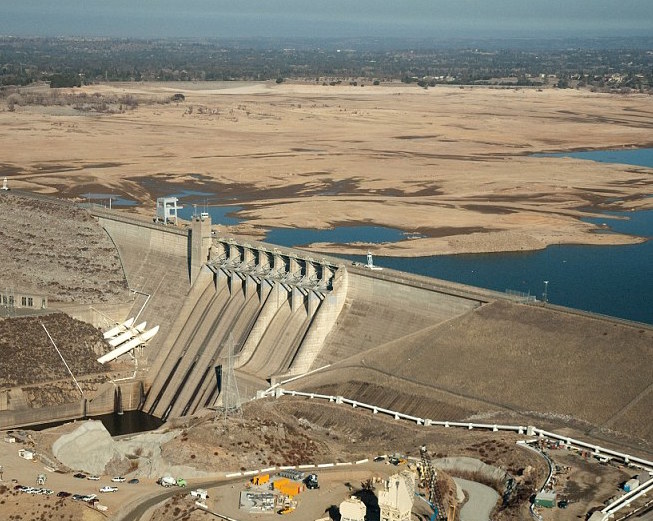Water resources systems must cope with irreducible uncertainty in supply and demand, requiring policy alternatives capable of adapting to a range of possible future scenarios. Recent studies have developed adaptive policies based on “signposts” or “tipping points”, which are threshold values of indicator variables that signal a change in policy. However, there remains a need for a general method to optimize the choice of indicators and their threshold values in a way that is easily interpretable for decision makers. In this research, we propose a conceptual framework and computational algorithm to design adaptive policies as a tree structure (i.e., a hierarchical set of logical rules) using a simulation-optimization approach based on genetic programming. We demonstrate the approach using Folsom Reservoir, California as a case study, in which operating policies must balance the risk of both floods and droughts. Given a set of feature variables, such as reservoir level, inflow observations and forecasts, and time of year, the resulting policy defines the conditions under which flood control and water supply hedging operations should be triggered. Importantly, the tree-based rule sets are easy to interpret for decision making, and can be compared to historical operating policies to understand the adaptations needed under possible climate change scenarios.
Matteo Giuliani
welcome to my website

